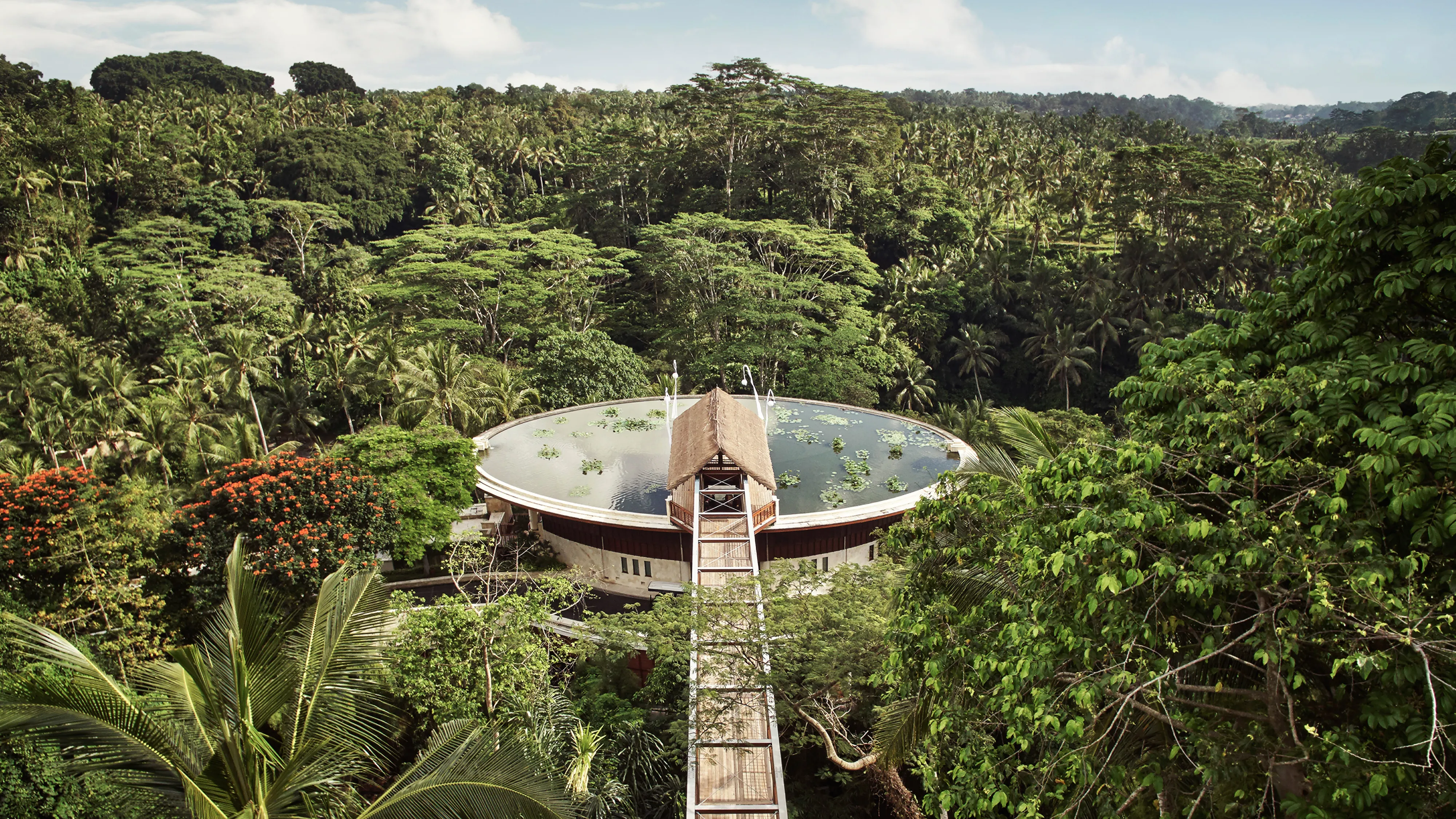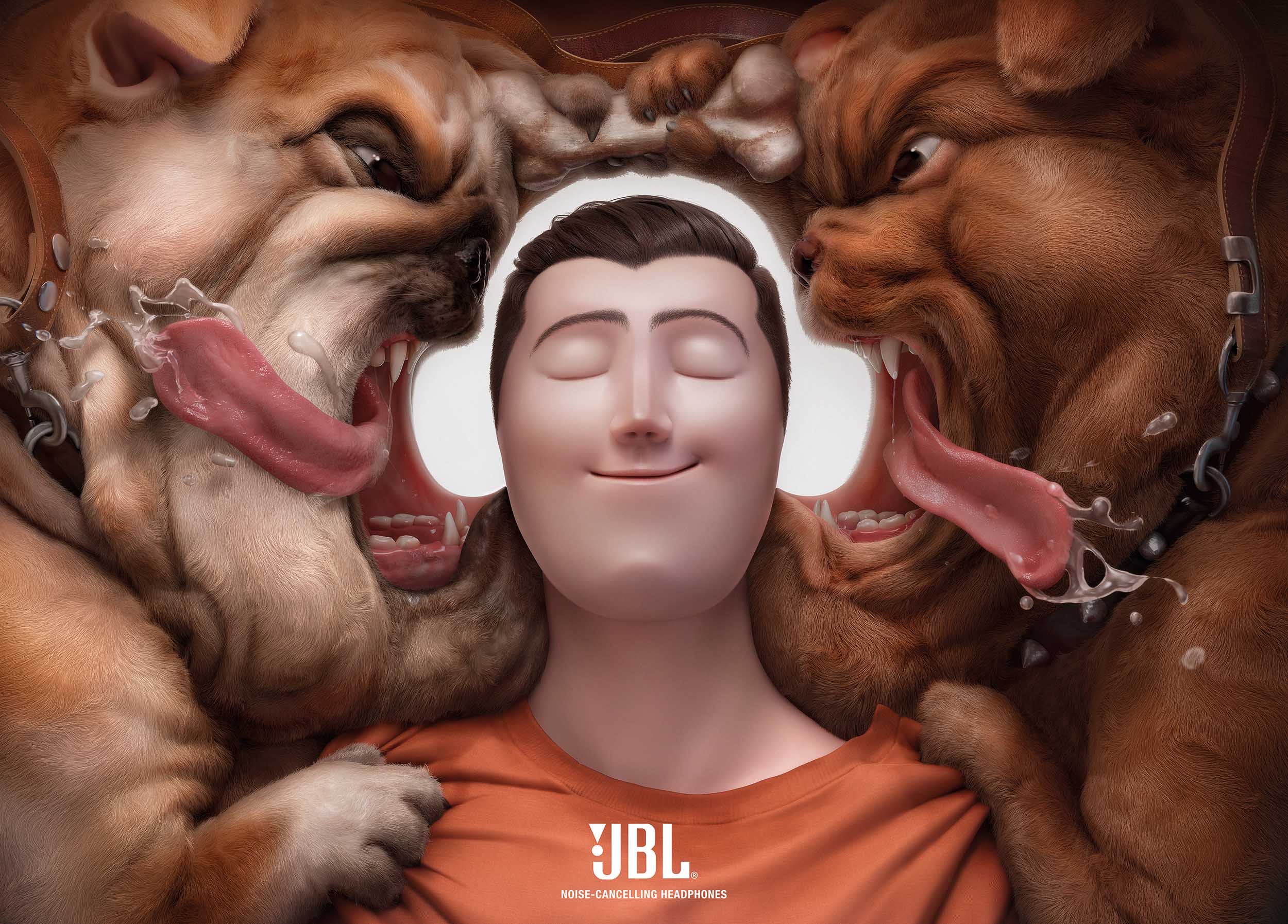

The best way to describe branding innovation today is like exploring the jungle.
Usually, consultants have a certain freedom to delineate the boundaries of a problem and to systematically explore it. Typically, if they’re asked to invent a new car or a new drink, they construe themselves to the study of trends and dynamics in those specific categories with limited “stretches”, risky ventures into the cross-category wilds. But on occasional challenges given to them, no bird‘s-eye view of tricky challenges is available.
That’s where they hear the tremor of far-off drums, the silence driven away by the stamping of their feet. Hallucinations, sleeplessness, thirstiness, widening their predetermined visions. Prey or predators of the hunt for new shores. In these cases, consultants are left with no choice but to brave the wild and navigate their way out of the unknown.
Here are a few original approaches to survive the challenges of the jungle, in which senses can be assaulted with tastes, surfaces, sounds and images. Here are 2 examples, for which it won’t provide the specific category for the sake of confidentiality, nonetheless can help to figure out ways to survive these hard situations.

In one of these examples, one client wanted to explore what tropes permeated technological discourse. Without limiting it to a particular category, it’s basically asking what people dream of or fantasize about recurrently when there’s a hint of technology featured in films, cartoons, books, brand advertising, art exhibitions, and experiences with any brand and product. The idea is that such a taxonomy of imaginaries will be the brand’s cornerstone to inspire, guide and create the brand’s image, product and prototype scripts.
And so the exploration started. Right away, canopies dimmed the light and darkness engulfed the forest. But it is also a welcomed chance to submerge in the multitude offered by nature, and accepted that what would be at the next turn or what is missed. Casting a wide net, recurrent representations of technology or images that hinted to the presence of technologies were collected. During several weeks, a thousand images were collected to sort these various tropes, which would later be used to map.

Given the wild nature of this cultural exploration, this was a truly elusive task. Going forward with a few tropes (such as the feeling of isolation evoked by immersive headphones or VR glasses), Labbrand applied structuralist approaches, “à la Levy-Strauss” in his trips to the Amazon, exploring oppositions and contraries and deploying the possibilities. Having succeeded in organizing the vast amount of content and molded them into shape, the areas of opportunities can now be defined and used for strategy.
From there, the idea was to dive deeper into these areas by meeting experts and members of the sub-culture which champions the lifestyle and behavior of the tech imaginary. This ultimately enabled the first hand inspiration of how these areas would evolve and what might come next.
It was a diverse cast, ranging from Steam Punks to early adopters of the Augmented Self who are both spiritual leaders and scientific pioneers, as they all belong to this vast map of imaginaries spread across the world.
Yet, there was a common pattern shared by most of these pioneers and sub-culture champions: their vision of the future felt too smooth and predictable.
Upon reflection, many had a utopic view on technological discourse. They wanted to spin it into more creative and hybrid narratives that are more exciting for innovation purposes. One approach was to elicit stronger responses from consumer groups through the medium of debate – a discussion over a topic between 2 groups of competing brand advocate, this time applied to the experts they felt are too rooted in their utopic view of technology. How could that be done? By purposefully injecting an opposing yet realistic view – that technological discourse can actually be dystopic – it forced the experts vision out of its usual path, and they started to evolve into richer and new concepts. This successfully harnessed the incredible potential hidden behind first impressions. By introducing narratives opposite to the utopian line of thinking, it stirred the debate and energized the generation of new narratives.

This power of dystopia, to generate interest and dialogue that is extremely useful for research, has already been understood by the film industry. Many science fiction films portray technology and its unintended consequences with a dystopic view. Recently, the happy endings have even been replaced by open endings designed to make the viewers think and reflect on their own situation. This explains the massive popularity of the British drama series Black Mirror, which often paints a dystopic picture of a world where advanced technology permeates modern life.
Labbrand believes that this similar mechanism is at work when they stimulate a subculture champion with the unexpected notion of a realistic dystopia. The urge to mediate the discomfort is conducive to new ideas that can be extremely valuable for brands.
In the second example, another client wanted to reinvent its iconic drink. The product, for the first time in more than a decade, was stagnating, if not declining, on all dimensions. From the taste, packaging to its marketing campaigns. After several attempts to rejuvenate this so-called hero brand without success, the client concluded that it was mission impossible unless they try something daring.
Indeed, improving the brand message, the taste or the packaging independently from each other was leading to no result. The brand was too iconic to risk the possibility of a brand dilution just for the sake of the loss of market traction. The only way was to inspire a change that would impact the brand’s cultural meaning through the taste experience and a lift in packaging design. In other words, to evolve the brand on all dimensions in a consistent manner.
But how can one align the forces of marketing to innovate both flavor and packaging design? That seems to be a common challenge. Most companies accept to have various threads starting from different ends, with some meeting occasions staged in-between to connect the dots and make new ideas emerge. This approach more often results in a nest of good ideas, rather than in a compelling proposition that resonates and amplifies. A focused proposition will help the brand to inform and apply a consistent idea across all dimensions by creating meaningful experiences.
Labbrand devised to invite Brand-led Innovation, as a savior they call god, to provide the cornerstone around which marketers, flavorists and designers could gather. Concretely, it means to first uncover and define the possibilities of how to extend the brand core. This could be done in various ways. The classic semiotic approach enables visual and verbal expressions that elaborate and characterize each possibility. Thus, aligning a brand repositioning and the brief for the packaging proved not to be that difficult. Getting a direction for the flavor change, however, seemed more of a challenge.
Labbrand consultants from Paris and New York who are specialized in sensory research designed an approach that they coined as “Sensory Semiotics”. Through respondents going through the taste experience of the various flavors of the market, the flavor dimensions can be matched with their associated meanings. The description of the exploratory map is enriched with not only visual descriptions useful for designers, but flavor cues that are essential for flavor design. All the stars were finally aligned – a way out of the darkness of the jungle.
New innovation challenges are as exciting and addicting as solving a case with Sherlock Holmes. It can also be as disorienting as exploring an unchartered jungle. Build the compass, learn the local tribal languages, invoke the gods if and when needed, and if luck strikes, there will be hidden treasures on the way.
A Labbrand Group Company © 2005-2025 Labbrand All rights reserved
沪ICP备17001253号-3To improve your experience, we use cookies to provide social media features, offer you content that targets your particular interests, and analyse the performance of our advertising campaigns. By clicking on “Accept” you consent to all cookies. You also have the option to click “Reject” to limit the use of certain types of cookies. Please be aware that rejecting cookies may affect your website browsing experience and limit the use of some personalised features.